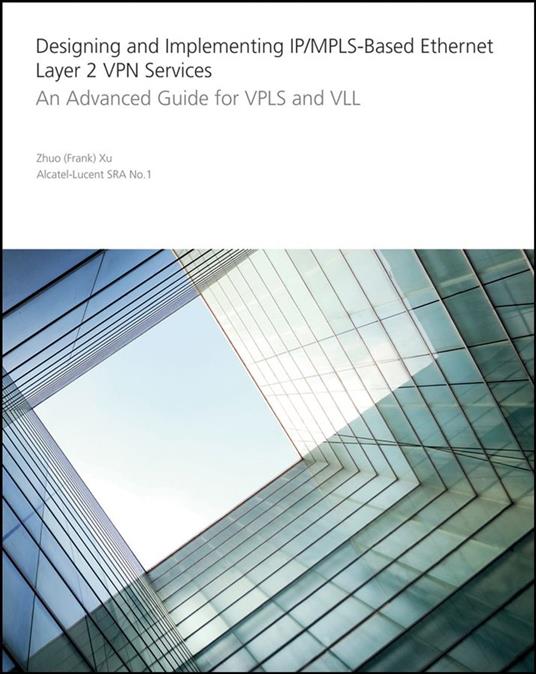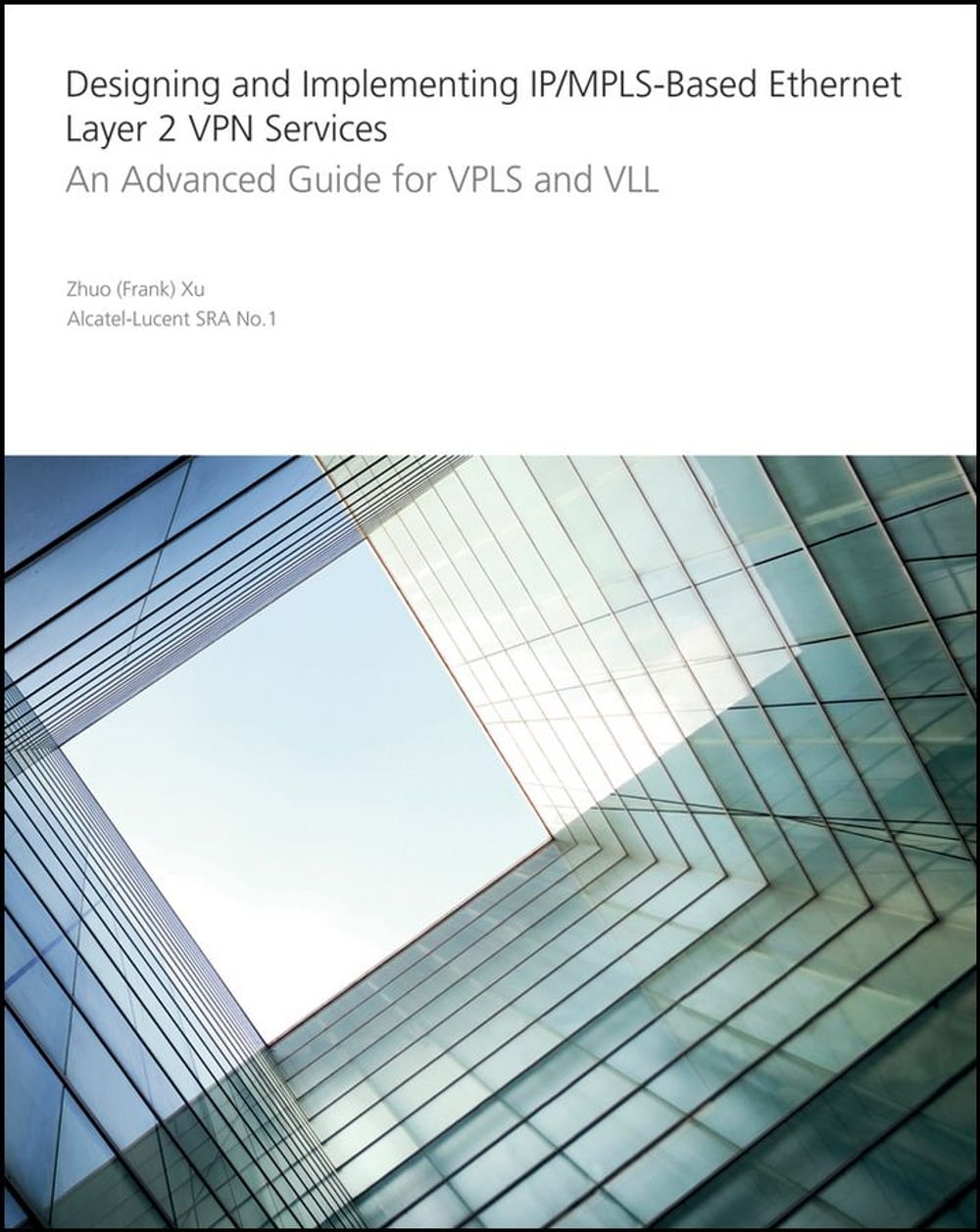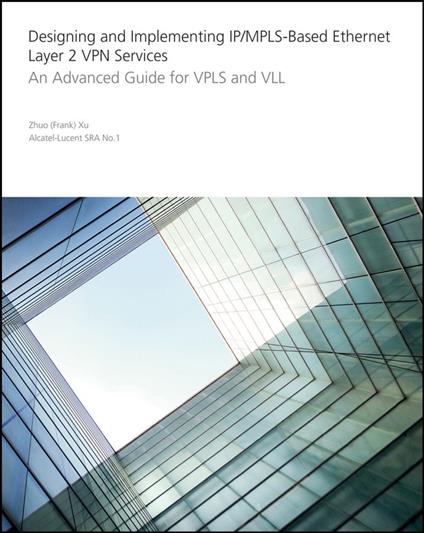Designing and Implementing IP/MPLS-Based Ethernet Layer 2 VPN Services
A guide to designing and implementing VPLS services over an IP/MPLS switched service provider backbone Today's communication providers are looking for convenience, simplicity, and flexible bandwidth across wide area networks-but with the quality of service and control that is critical for business networking applications like video, voice and data. Carrier Ethernet VPN services based on VPLS makes this a reality. Virtual Private LAN Service (VPLS) is a pseudowire (PW) based, multipoint-to-multipoint layer 2 Ethernet VPN service provided by services providers By deploying a VPLS service to customers, the operator can focus on providing high throughput, highly available Ethernet bridging services and leave the layer 3 routing decision up to the customer. Virtual Private LAN Services (VPLS) is quickly becoming the number one choice for many enterprises and service providers to deploy data communication networks. Alcatel-Lucent VPLS solution enables service providers to offer enterprise customers the operational cost benefits of Ethernet with the predictable QoS characteristics of MPLS. Items Covered: Building Converged Service Networks with IP/MPLS VPN Technology IP/MPLS VPN Multi-Service Network Overview Using MPLS Label Switched Paths as Service Transport Tunnels Routing Protocol Traffi c Engineering and CSPF RSVP-TE Protocol MPLS Resiliency — Secondary LSP MPLS Resiliency — RSVP-TE LSP Fast Reroute Label Distribution Protocol IP/MPLS VPN Service Routing Architecture Virtual Leased Line Services Virtual Private LAN Service Hierarchical VPLS High Availability in an IP/MPLS VPN Network VLL Service Resiliency VPLS Service Resiliency VPLS BGP Auto-Discovery PBB-VPLS OAM in a VPLS Service Network
-
Autore:
-
Anno edizione:2010
-
Editore:
-
Formato:
-
Lingua:Inglese
Formato:
Gli eBook venduti da Feltrinelli.it sono in formato ePub e possono essere protetti da Adobe DRM. In caso di download di un file protetto da DRM si otterrà un file in formato .acs, (Adobe Content Server Message), che dovrà essere aperto tramite Adobe Digital Editions e autorizzato tramite un account Adobe, prima di poter essere letto su pc o trasferito su dispositivi compatibili.
Cloud:
Gli eBook venduti da Feltrinelli.it sono sincronizzati automaticamente su tutti i client di lettura Kobo successivamente all’acquisto. Grazie al Cloud Kobo i progressi di lettura, le note, le evidenziazioni vengono salvati e sincronizzati automaticamente su tutti i dispositivi e le APP di lettura Kobo utilizzati per la lettura.
Clicca qui per sapere come scaricare gli ebook utilizzando un pc con sistema operativo Windows



